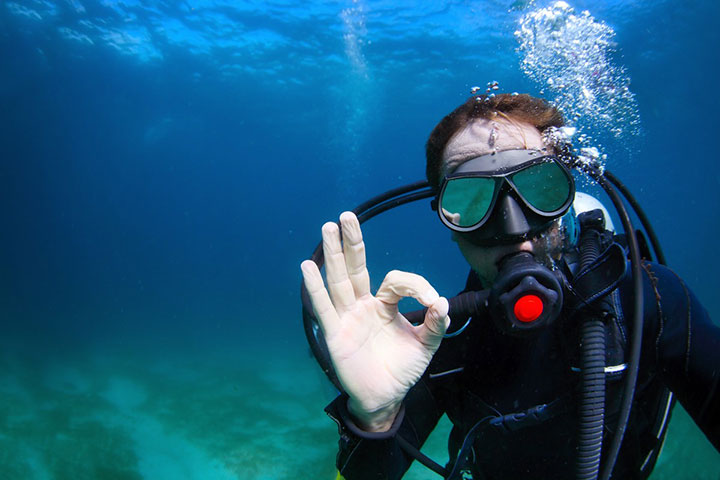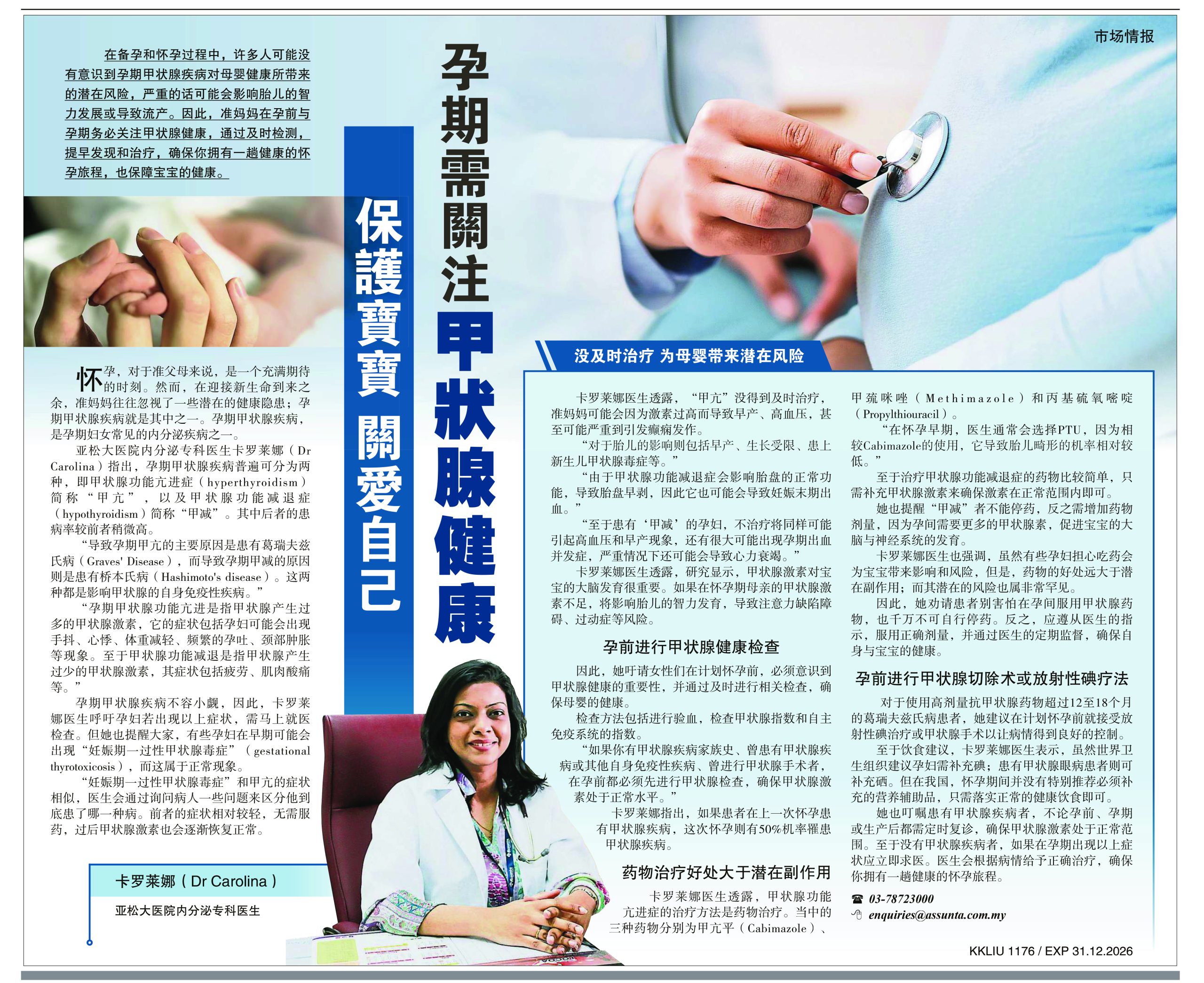The Physiotherapist’s Role In Rehabilitation of Post Covid-19 Patients
- Updated on: August 18, 2023
Position statement KNGF (Dutch Royal Society for Physiotherapy)
“The physiotherapist can play an important role in the rehabilitation of patients with COVID-19 who experience limitations in daily physical functioning.” The statement, which was first released in May 2nd 2020.
After severe COVID-19 disease, many patients will experience a variety of problems with normal functioning and will require rehabilitation services to overcome these problems. Although social media is flooded with stories from people suffering from ongoing effects such as fatigue, muscle weakness, dyspnoea and decreased quality of life, there is no mandatory follow ups set for the post covid-19 patients in our country.
The principles of and evidence on rehabilitation will allow an effective response which includes
- a simple screening process
- use of a multidisciplinary expert team
- four evidence-based classes of intervention (exercise, practice, psychosocial support, and education particularly about self-management)
- range of tailored interventions for other problems.
Post-COVID-19 patient referral
Post Covid-19 patients need to be referred to a physiotherapist approximately 2 to 6 weeks after discharge.
Post-COVID-19 patient assessment by the physiotherapist
This first consultation can be done by calling over to discuss on the perceived limitations in physical functioning. It is also essential to take into account if a patient has been admitted to the ICU and is showing symptoms of Post Intensive Care Syndrome (PICS) as these patients usually have very low exercise tolerance. Another important factor is to check for the existence of comorbidities acquired prior to or from COVID-19, including possibly affected organs. Based on the obtained information from other health care providers and the patient, together with the patient’s specific needs and request for guidance, the physiotherapist decides whether there is an indication for physiotherapy and tailor make the exercise prescription.
In order to minimise risk of dangerous desaturations and overload:
- Patient’s oxygen saturation should be measured prior to, during and after exercise or physical activities (lower limit during rest should be 90% and during exercise 85%)
- Patients should only perform physical exercises in the home situation with prescribed training parameters regarding frequency, intensity, time/duration and type.
For patients that may have ICU-acquired weakness (ICU-AW) and experience PICS the recommendation is to refer them (via their GP) to a rehabilitation centre, as the risk of overload is high.
Post-COVID-19 patient physical functioning follow up
Physiotherapist to prescribe more specific exercises and guide patients based on their needs and goals. Treatment goals may aim at further improvement of activities of daily living, increase physical activity levels and/or capacity to exercise, e.g. muscle strength and exercise tolerance. To evaluate current and set new or adjusted treatment goals the use of the following clinical outcome measures are recommended:
- Patient Specific Functioning Scale (PSFS)
- Grip strength (with a hand-held dynamometer if available).
- Oxygen saturation (SpO2) and heart rate frequency (HR) measurement prior to, during and after exercise.
- Borg Scale CR10 for Shortness of Breath and Fatigue prior to, during and after exercise.
- Pedometer / accelerometer, to assess physical activity levels.
- Six Minute Walk Test (6MWT), to assess exercise capacity.
- Step test
- Time up and Go Test
When test results show no severe restriction or risks, training frequency, intensity, time/duration and type of exercises may be gradually increased.
Related Articles

Exploring The Intersection of ENT Health and Diving Medicine: A Guide for Healthcare Professionals
Read More »









